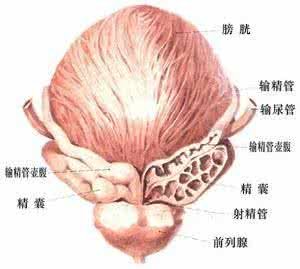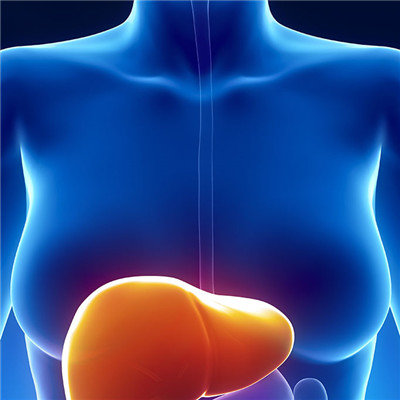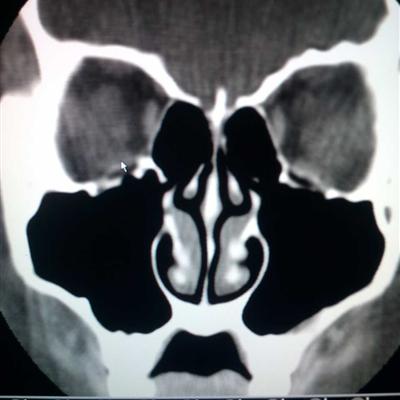Symptoms of myasthenia gravis
summary
Myasthenia gravis (mg) is an autoimmune disease caused by transmission dysfunction at the neuromuscular junction. The main clinical manifestations are partial or systemic skeletal muscle weakness and fatigue. The symptoms worsen after activity and relieve after rest. The prevalence rate was 77 to 150/100 million, and the annual incidence rate was 4 to 11/100 million. The prevalence rate of female is higher than that of male, about 3:2. The incidence rate is in all age groups, and most children are 1-5 years old. Symptoms of myasthenia gravis
Symptoms of myasthenia gravis
The modified osseman classification method: ① type I eye muscle type; ② Type IIA is a mild systemic type. The muscles of limbs are often involved with ocular muscles. There is no pseudobulbar paralysis, that is, there is no difficulty in chewing and swallowing, and the articulation is not clear. ③ Type IIB limbs muscle group often associated with ocular muscle involvement, pseudobulbar palsy performance, mostly in six months of dyspnea. ④ Type III (severe aggressive) develops rapidly from weeks or months to dyspnea. ⑤ Type IV (late onset severe type) evolved from type I, type IIA and type IIB in about 2 years. ⑥ Type V muscular atrophy is rare.

Myasthenic crisis refers to the sudden deterioration of the disease, dyspnea and life-threatening phenomenon in patients with myasthenia gravis. According to different reasons, Mg crisis can be divided into three types: ① myasthenic crisis is mostly caused by the development of the disease itself. It can also be induced by infection, fatigue, mental stimulation, menstruation, delivery, operation and trauma. Clinical manifestations of patients with myasthenia symptoms suddenly aggravated, swallowing and expectoration weakness, dyspnea, often accompanied by restlessness, sweating and other symptoms. ② Cholinergic crisis is common in patients who take a large dose of bromides for a long time, or take too much for a while. Before the crisis, they often show nausea, vomiting, abdominal pain, diarrhea, sweating, tears, cold and wet skin, increased oral secretion, muscle tremor, emotional excitement, anxiety and other mental symptoms. ③ The dose of bromesteine in the patients with anti depression crisis did not change, but the drug failed suddenly and caused severe dyspnea. It can also be caused by infection, electrolyte disorder or other unknown reasons.

Myasthenia gravis patients often feel sore eyes or limbs at the beginning of the disease, or blurred vision, easy to fatigue, hot weather or menstrual fatigue. With the development of the disease, the skeletal muscle is obviously tired and weak, which is characterized by the aggravation of muscle weakness after fatigue in the afternoon or evening, and the alleviation after getting up in the morning or resting. This phenomenon is called "light in the morning and heavy in the evening".

matters needing attention
Cholinesterase inhibitors are symptomatic drugs. They can not be used alone for a long time. The dosage of cholinesterase inhibitors should be increased gradually. Commonly used are neostigmine methylsulfate and bromopyristigmine. The commonly used immunosuppressants are: ① adrenal corticosteroids: prednisone, methylprednisolone, etc; ② Azathioprine; ③ Cyclooxygenase a; ④ Cyclophosphamide; ⑤ Tacrolimus.
















